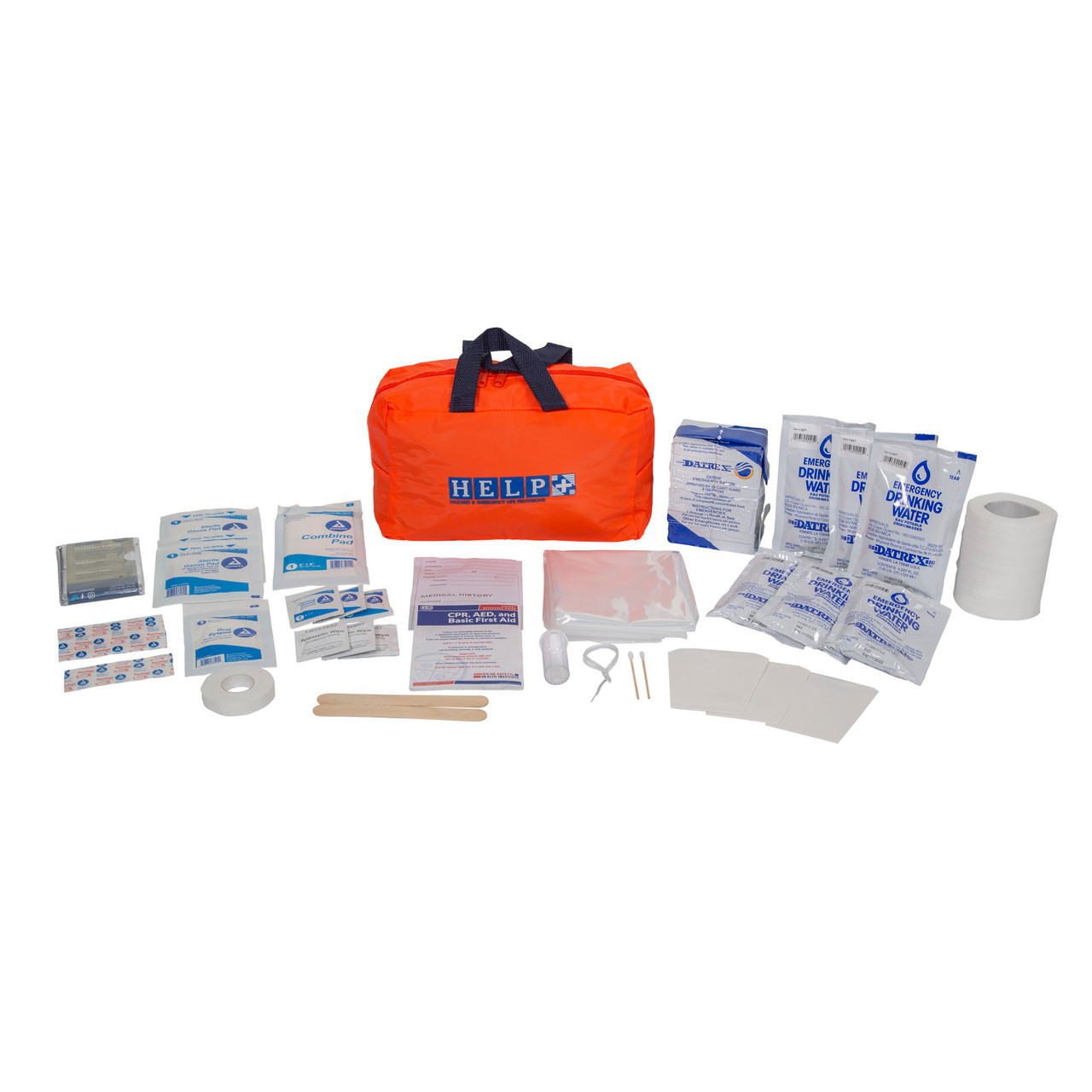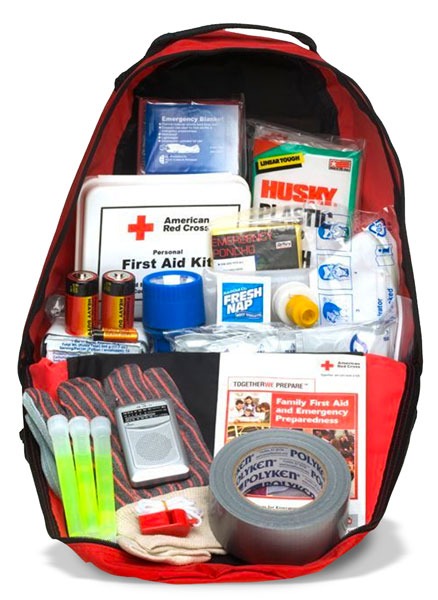Exactly How to Develop a Comprehensive Emergency Situation Preparedness Strategy
In the realm of preparedness, creating a detailed emergency plan is not just a task to examine off a checklist; it is a crucial keystone of any company or person's durability technique. By diligently crafting a strategy that attends to numerous elements of emergency administration, consisting of danger evaluation, communication methods, resource appropriation, and calculated decision-making, one can lay a strong foundation for safeguarding procedures, possessions, and lives.
Relevance of Emergency Readiness
Emergency readiness is important for alleviating prospective dangers and ensuring the safety of people and communities. In today's globe, where natural catastrophes, public wellness crises, and other emergency situations can strike without caution, being prepared can make a significant difference in lessening the influence of these occasions. By having a well-thought-out emergency readiness strategy in position, organizations and people can respond properly, safeguard lives, and lower property damage.
Among the key reasons emergency situation preparedness is vital is its role in saving lives. When emergency situations occur, having a strategy that describes clear treatments for emergency, communication, and emptying action can assist individuals act promptly and emphatically. This can stop injuries and fatalities by making sure that people know what steps to require to stay risk-free
In addition, emergency readiness boosts the resilience of neighborhoods. By cultivating a culture of preparedness and preparation for different scenarios, areas can recuperate faster from disturbances and calamities. This resilience is important for preserving security, continuity of operations, and overall health despite difficulty.
Assessing Potential Risks
Thinking about the value of being planned for unforeseen events, the preliminary action in creating an efficient emergency situation preparedness plan includes extensively examining and examining potential risks. This assessment calls for a comprehensive review of all possible hazards that can affect the company, taking into consideration elements such as location, sector, and historic information on incidents. By determining these threats, companies can prioritize their readiness efforts and assign resources successfully to minimize one of the most considerable risks.
Common threats that companies may deal with include all-natural disasters like floods, storms, or earthquakes, technical dangers such as power interruptions or data violations, in addition to human-caused risks like crashes or deliberate acts of violence. Performing a risk analysis also entails thinking about the potential effect of these occasions on the organization's procedures, employees, consumers, and credibility. By performing a detailed danger analysis, organizations can establish tailored emergency situation reaction strategies that address their details vulnerabilities and make certain efficient preparedness for any kind of prospective dilemma.
Producing a Communication Plan
Creating a thorough and clear communication strategy is essential for reliable emergency preparedness within organizations. In times of situation, interaction plays a vital duty in ensuring the security and health of staff members, stakeholders, and the community. A well-thought-out interaction strategy should describe clear lines of interaction, assign vital personnel accountable for communication jobs, and develop protocols for distributing details quickly and precisely.
One secret facet of creating a communication strategy is identifying alternative and primary communication channels (EMERGENCY PREPAREDNESS). These can consist of e-mail, message messaging, phone trees, social media platforms, and public address systems. It is vital to make certain that these networks are dependable, easily accessible, and routinely evaluated to ensure their performance throughout emergency situations

Building an Emergency Situation Kit
Given the critical value of preparedness in times of dilemma, a key element that companies should resolve is the establishment of an emergency situation kit. When setting up an emergency set, it is essential to think about the specific requirements and circumstances of the organization. Additionally, companies ought to consist of essential documents, such as get in touch with lists, insurance coverage details, and emergency action plans, in waterproof containers within the kit.
Establishing Discharge Procedures
To guarantee the safety and security and organized evacuation of employees throughout emergencies, companies need to establish effective and clear evacuation procedures. Evacuation treatments need to encompass a variety of possible circumstances, consisting of fires, natural catastrophes, or other emergency situations that require swift emptying.

In addition, organizations ought to develop a system for bookkeeping for all employees throughout an evacuation to guarantee that every person has securely exited the premises. Interaction plays an important function in discharge procedures, with clear directions on exactly how to evacuate and when to do so. Regular evaluation and updating of discharge procedures based on feedback and changing scenarios are important to keeping the performance of the strategy.
Conclusion
Finally, establishing a detailed emergency readiness strategy is vital for ensuring the security and health of people in the occasion of a calamity (EMERGENCY PREPAREDNESS). By examining possible threats, producing an interaction strategy, building an emergency kit, and developing evacuation companies, people and treatments can be better geared up to react successfully to emergency situations. It is necessary to prioritize preparedness initiatives to reduce the impact of calamities and shield lives and residential property
In the realm of preparedness, establishing a comprehensive emergency situation strategy is not just a job to inspect off a list; it is an essential foundation of any organization or individual's resilience approach. When emergency situations take place, having a plan that details clear procedures for discharge, emergency situation, and communication action can assist individuals act promptly and emphatically. click site. By performing a thorough risk evaluation, organizations can establish customized emergency situation feedback strategies that resolve their details susceptabilities and guarantee reliable preparedness for any prospective crisis
Developing a extensive and clear communication plan is vital for efficient emergency preparedness within organizations. By assessing possible threats, developing an interaction strategy, developing an emergency set, and establishing evacuation individuals, treatments and organizations can be better outfitted to respond efficiently to emergency situations.
Comments on “Get ready for the Unexpected: Emergency Preparedness Made Easy”